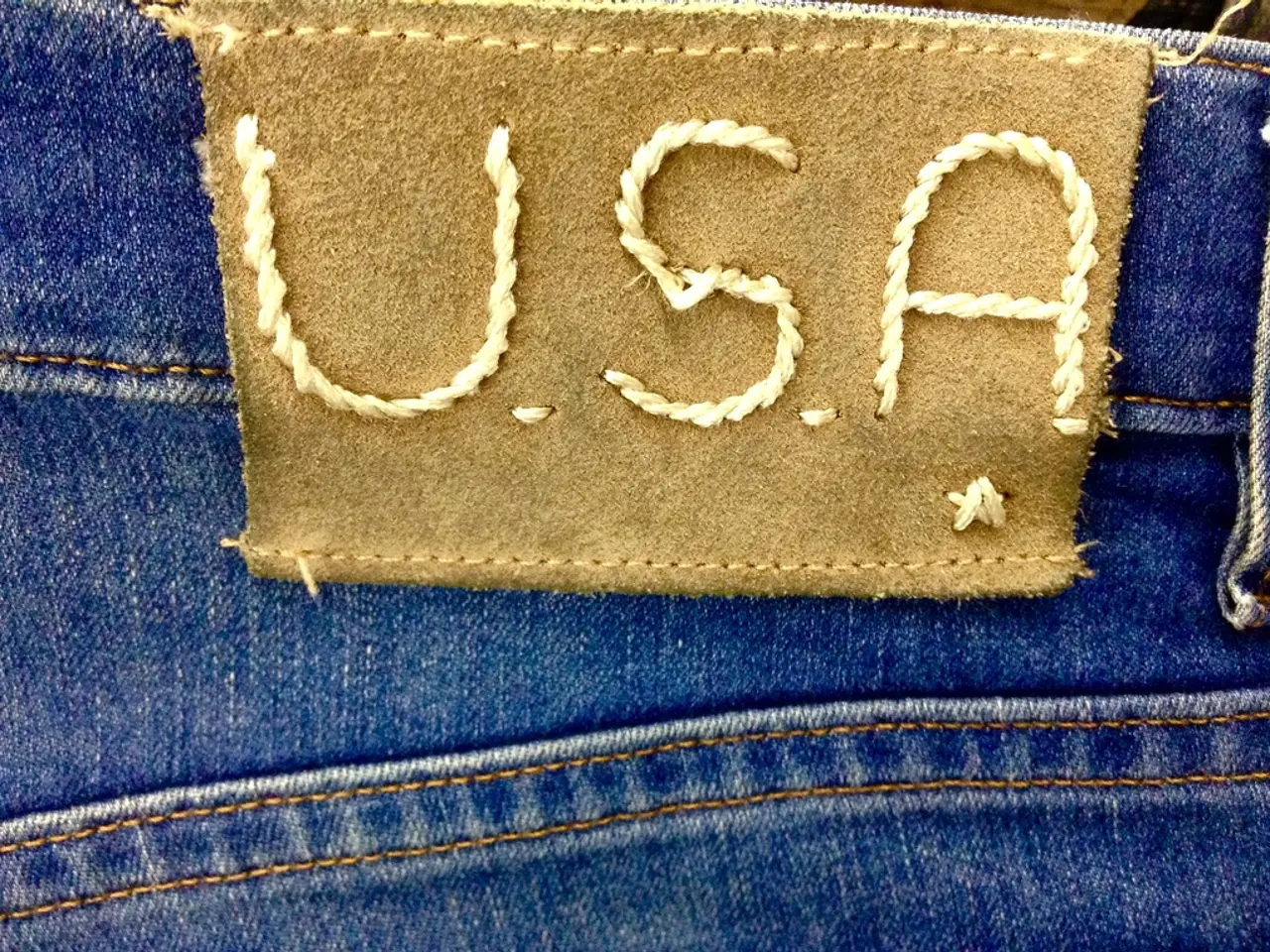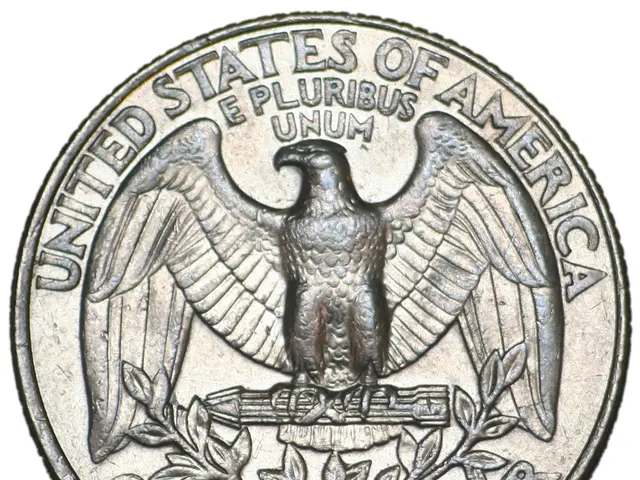Building Your Own Underwear Empire: A Guide to Launching Your Personal Undergarment Brand
In the ever-evolving world of fashion, niche underwear companies are gaining popularity due to their focus on comfort, sustainability, and unique designs. Building a successful business in this market requires careful planning, the right underwear manufacturer, and a solid brand strategy.
To find a reliable B2B clothing manufacturer for creating and producing an underwear line, follow these key steps:
1. Identify Potential Manufacturers: Utilize specialized B2B marketplaces and directories such as Alibaba, Made-in-China.com, GlobalSources.com, and industry-specific platforms like Maker’s Row or Foursource. These platforms allow filtering by product category (e.g., underwear or intimate apparel) and help locate manufacturers with relevant experience.
2. Evaluate Credentials and Compliance: Check manufacturers for certifications such as ISO 9001 (quality management), BSCI (social compliance), and Sedex (ethical trade) to ensure they meet quality and ethical standards.
3. Request and Inspect Samples: Before committing, request product samples to assess fabric quality, stitching, sizing accuracy, and design details. Compare samples to your target market expectations and use them as benchmarks for bulk production quality.
4. Compare Multiple Suppliers: Contact multiple manufacturers to obtain quotes, confirm minimum order quantities (MOQ), lead times, and customization options. Comparing these factors helps find the best fit for your business needs.
5. Consider Geographic Advantages: Regions like Guangdong and Zhejiang in China are known for mass production and small-batch customization respectively, which might influence your choice depending on order size and flexibility.
6. Look for Specialized Expertise: Some manufacturers or agencies offer comprehensive production services including design, material sourcing, and sustainable manufacturing, which could add value if you seek a more hands-on partner.
7. Attend Trade Shows and Network: Trade fairs provide direct access to manufacturers and an opportunity to interview potential partners face-to-face, helping build trust and clarify production capabilities.
8. Engage with Platforms where Underwear Importers Seek Suppliers: This can indicate active market demand and trusted contacts for your product type.
Building a strong brand is crucial for success in the underwear market. Excellent product and lifestyle photography can attract customers, while branding, packaging, and labelling are key aspects of the underwear line’s success. Social media marketing, influencer alliances, and email efforts can increase brand visibility during launch.
An eCommerce store can be built with platforms like Shopify or WooCommerce for product showcasing. Routine quality inspections during production are essential for maintaining product consistency and consumer satisfaction. Profitable lingerie retailers can realize profit margins of 50% to 70%, with successful brands like Lounge Underwear and Unndr achieving significant market success and revenue.
A prototype should be created through collaboration with a clothing maker to perfect the product. The choice of materials for the underwear should reflect the brand identity. Efficient inventory management and logistics are key for consistent company operation. The first step is to determine the primary market your underwear line will serve. Digital or hand-drawn sketches should be used to design the underwear collection.
The cost to start an underwear line ranges from $10,000 to $50,000 for a small-scale launch, with expenses potentially soaring for more ambitious projects. Deciding between sea or air shipping depends on cost and speed considerations. A seasoned B2B manufacturing partner can assist in preventing delays and subpar production through quality control criteria.
In conclusion, with careful planning, the right manufacturer, and a solid brand strategy, starting a successful underwear business is within reach. Embrace the potential of this market, prioritize quality, and stay true to your brand values to carve out a niche in this growing industry.
- To ensure quality and ethical standards in potential underwear manufacturers, check for certifications like ISO 9001, BSCI, and Sedex.
- Requesting and inspecting product samples will help assess various aspects such as fabric quality, stitching, and design details.
- Compare multiple manufacturers for factors like quotes, minimum order quantities, lead times, and customization options to find the best fit.
- Consider the geographic advantages of regions like Guangdong and Zhejiang in China for mass production and customization respectively, depending on order size and flexibility.
- Seeking a manufacturing partner with specialized expertise, such as design, material sourcing, and sustainable manufacturing, can add value for a more hands-on approach.
- Trade fairs give direct access to manufacturers, aiding in building trust and clarifying production capabilities.
- Engaging with platforms where underwear importers seek suppliers can indicate market demand and help find trusted partners.
- Excellent product photography, branding, packaging, and labelling are crucial in building a strong brand and attracting customers.
- Smart personal-finance management is essential for starting a successful underwear business, as the cost to launch can range from $10,000 to $50,000, and saving, budgeting, and debt management play a significant role in the initial investment.




